
The Sony Xperia 1 V is practically a phone that screams repeat performance. It carries forward and retains many of the same features of its predecessors but also comes with several improvements as a whole.
These are improvements that, naturally, encompass both its aesthetics and camera performance, but at the same time, the Xperia 1 V also comes with a highly exorbitant price tag. So, the question then, is this phone worth shelling out the Ringgits for?
Specifications
Looks And Functionality
Here’s the The Xperia 1 V looks and feels very much the same as the 1 IV, and that’s not an oversimplification.Practically everything about the 1 V is identical in shape and size. Like all Sony Xperia devices, the 3.5mm headphone jack is present. There’s also a textured, dedicated shutter button on the same side as the side-mounted fingerprint scanner cum power button and volume rocket.
Rims of the chassis are ribbed for your gripping pleasure.
The rim of the chassis is now ribbed instead of smooth, similar to what Sony did with the Pro-I. On that note, so is the dedicated shutter button. One of the more interesting changes, though, would be the rear panel of the Xperia 1 V.
As I mentioned in my hands on, the back of the Xperia 1 V is textured, something that Sony describes as its new “Tactile” design. It is a far cry from the generic glass back that the brand has long used with previous Xperia generations and as my colleague said when he held it: the application of the texture feels better executed, if not on par with what Xiaomi did with its self-named 13 Ultra.
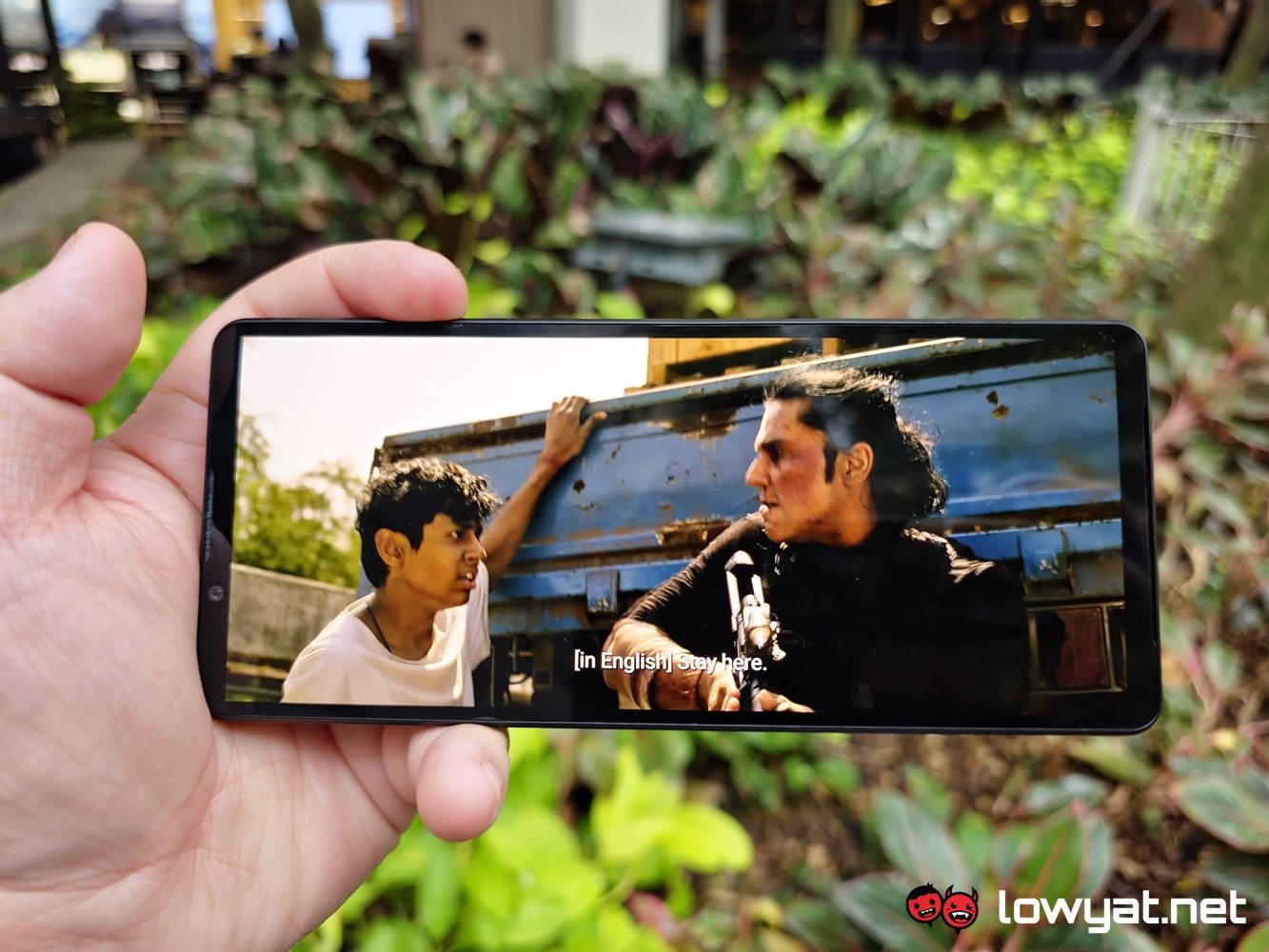 There is also the display of the Xperia 1 V that, again, retains the same 6.5-inch with a 21:9 aspect ratio form factor. As befitting of a flagship, it also has the same 4K resolution as the Xperia 1 IV, flanked by forward-facing stereo speakers that also serve as the ear and mouthpiece of the phone. It’s also using Corning Gorilla Glass Victus 2, meaning that you would have to try very hard if you want to scratch it.
There is also the display of the Xperia 1 V that, again, retains the same 6.5-inch with a 21:9 aspect ratio form factor. As befitting of a flagship, it also has the same 4K resolution as the Xperia 1 IV, flanked by forward-facing stereo speakers that also serve as the ear and mouthpiece of the phone. It’s also using Corning Gorilla Glass Victus 2, meaning that you would have to try very hard if you want to scratch it.
The main camera housing of the Xperia 1 V also looks different; instead of a flushed, clear glass cover, each sensor has its individual rings, making them look more pronounced and professional. Lastly, then as now, the Xperia 1 V has a USB-C port at its base, along with a tool-less SIM card and microSD tray next to it. Of course, the USB-C supports 30W wired fast-charging.
Performance And Battery
The 4K display of the Xperia 1 V outputs the same gorgeous pictures and the 21:9 aspect ratio really adds to the immersion. That’s also flanked byt another signature trademark of Sony: colours on-screen feel and look natural and not as vivid or punchy as, say Samsung and the brand’s displays. So, if you’re coming from said Korean brand to the Xperia 1 V, don’t feel too surprised or shocked if the colour reproduction on this phone feels muted and a little less vibrant.
One feature that I am glad Sony has ceased focus on is Dynamic Vibration. I won’t mince words: it was and still is an utterly stupid feature that held no significant benefit to me. To be clear, it’s still present on the Xperia 1 V but it’s been buried underneath an additional layer of the media volume tab, where it is disabled by default. But hey, if you’re the kind of person that likes to feel the phone artificially vibrate and pulsate to every dramatic, audible cue of your movie, then hey, no judgement here.
Because of the Snapdragon 8 Gen2 SoC inside the Xperia 1 V, there really isn’t a whole lot I can say here that you probably haven’t already heard, or in this case, read in our other reviews of flagship smartphones that are rocking the same chipset. To put it simply, and coupled with the 12GB of RAM, its performance is nothing short of lightning fast. Apps snap open just like that, as is switching between them.
Still on its performance, the Xperia 1 V and its chipset practically laughs at every official benchmarks that are available on Google Play, although it should be mentioned that some benchmark apps, such as PCMark and GFXBase, simply just flatout crash from the get go. If you’re a fan of a vanilla Android UI experience, Sony’s Xperia UI is still the next best thing you can experience, at least from a straight-out-of-the-box experience.
Battery longevity on the Xperia 1 V is just as impressive as its predecessors too. As my daily driver, the phone is able to last an average of two days. If I’m binge watching shows either on Netflix or YouTube, at 60% volume and 40% brightness, that endurance lasts close to 11 hours before it calls out to a charging port.
Camera
The Xperia 1 V marks the first time Sony is technically using a sensor size greater than 12MP but to be honest, the application of it is somewhat confusing. Here’s the breakdown: the main wide sensor is rated at 48MP – the official specs sheet says 52MP, but 48MP is what Sony is fixated on – but final images are basically binned at 12MP. To put it simply, you get a lot more clarity and detail within one image.
Then as now, Photography Pro opens up with Basic Mode by default, but you can switch to Auto or other modes that you’d find on a digital camera. The latter primarily being available for those who know how to make the necessary tweaks to eke out that perfect photo. Capturing images via zoom leads to the inevitable degradation of image quality as well, but the good news is that said degradation is, at the very least, minimal with the Xperia 1 V. On the plus side, Sony’s autofocus and facial focus system on the phone is world class but only via Photography Pro’s Auto and other settings, other than the Basic mode.




On a quick sidebar, you’ve still got access to the same optical zoom function that was first introduced with the Xperia 1 V’s predecessor, and it is still as impressive, to a degree. I say this simply because there are times when even zooming in on a subject, it somehow doesn’t focus, and before you ask: yes, the issue arises even when in Pro Mode.
As for low-light photography, Sony has given a significant performance bump in the department. What I mean by that is that, while images are not as noisy as the Xperia 1 IV, they are, sadly, still a hit-or-miss experience. There is post-processing involved but again, with nightshots, you’re mileage will vary depending on how much light is available in the scene, plus how far zoomed in you are on the subject.


Unfortunately, I didn’t play around with the Videography Pro and Cinematography Pro apps as much as I wish. Having said that, in the brief period I used the former, I am happy to say that I am able to pull off some Hitchcock-like effects, where you zoom in on a shocked face, as you pull away from it. Just as I did with the Pro-I.
Sample Images (Day)






Nightshots (Night and Low-light)














Competition
Apple iPhone 14 Pro Max
At this point and until the advent of the iPhone 15 series, the iPhone 14 Pro Max is, as I’ve mentioned in the past, a no-brainer when it comes to the competition, or at least one of them. Sporting Apple’s latest and most powerful A15 Bionic SoC that comes with a 5-core GPU, the phone also has a large 6.7-inch display with a maximum brightness of 2000 nits. In addition, it also sports a new “Dynamic Island”, which is technically just a new experience to cover up the phone’s selfie camera, as well as a replacement for the notch.
But like the Xperia 1 IV, the iPhone 14 Pro Max’s main feature is its main camera; compared to previous generation iPhones, the camera module now houses a large 48MP f/1.78 quad-pixel main sensor and is flanked by both a 12MP f/2.2 ultrawide and 12MP telephoto lens, capable of 3x optical zoom.
More importantly, it’s also just as expensive as the Xperia 1 V, starting at RM5799 and topping out at RM8299.
Samsung Galaxy S23 Ultra
Just as the Galaxy S22 Ultra was a rival to the Xperia 1 IV, the Galaxy S23 Ultra is one of the handful of rivals that will actually give the Xperia 1 V a run for its money. Not only does the top-tier model retail as much as Sony’s offering at RM6,199, it also boasts nearly identical internal hardware. that includes the Snapdragon 8 Gen2 SoC, 12GB RAM, double the amount of storage space at 512GB but no microSD storage expansion.
Unlike the Xperia 1 V as well, the S23 Ultra’s triple-camera main system features a more robust AI post-processing application that typically goes into overdrive when used with the phone’s RAWExpert photography app.
Conclusion
While the Sony Xperia 1 V can honestly boast some impressive hardware, a lot of that splendour is, if we’re being quite honest here, a varying degree of repeat performance. The good news is that that said performance is still pretty impressive, to the point that I can still recommend it as a solid option to avide mobile photographers, even with its ludicrous price tag.
To bring up another point, its asking price of RM6,399 is also makes the Xperia 1 V the most expensive Xperia smartphones that Sony has, to date. And while the brand does love to argue that its price tag is no less unreasonable than the ones commanded by brands like Samsung and Apple, you would think that the least it could do is provide a USB-C cable or even one of its specially designed casings, but no. Even with its new packaging, all you’re getting is the phone, and nothing else.
Photography by John Law.












The post Sony Xperia 1 V Review: Very Solid, Very Expensive Smartphone appeared first on Lowyat.NET.
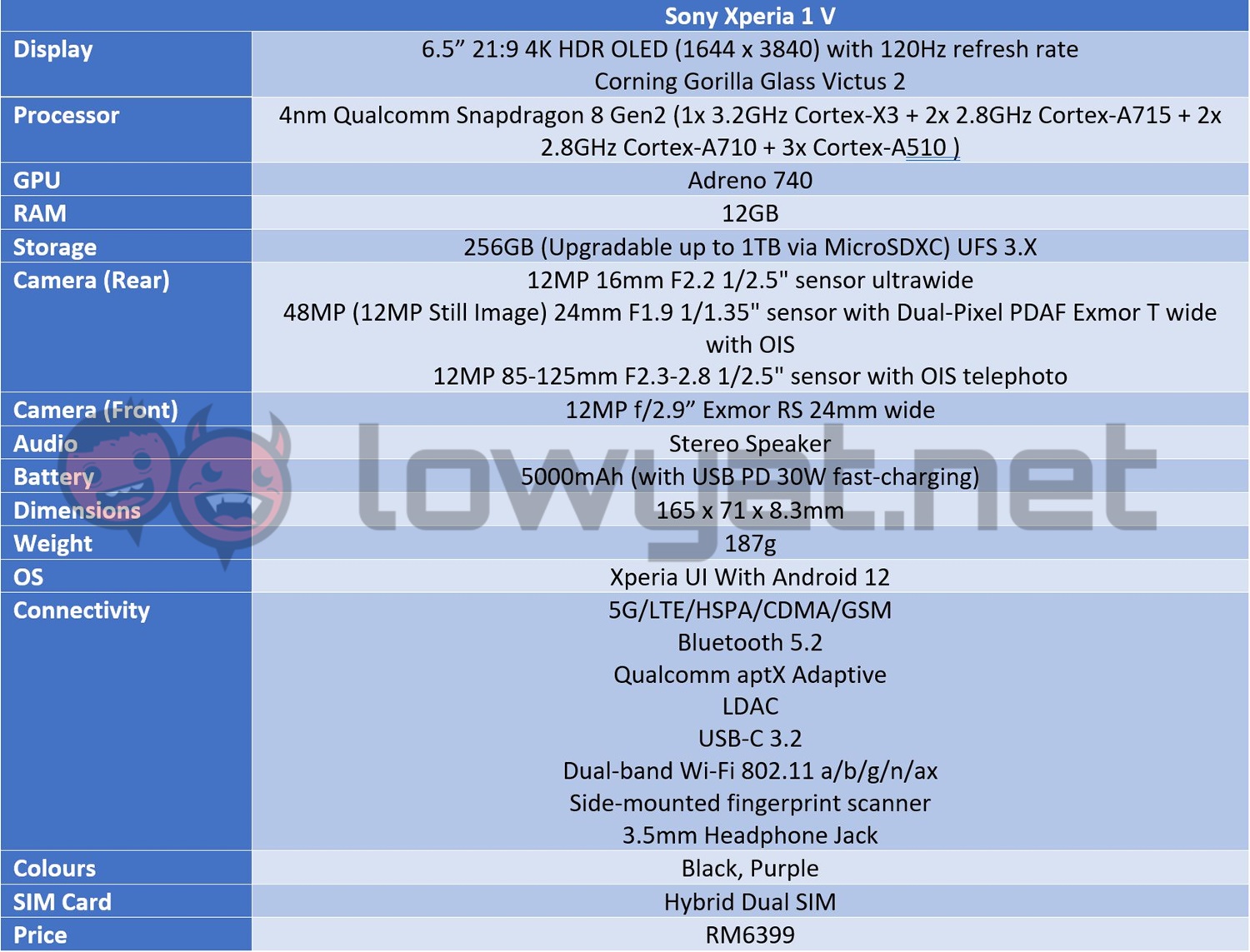
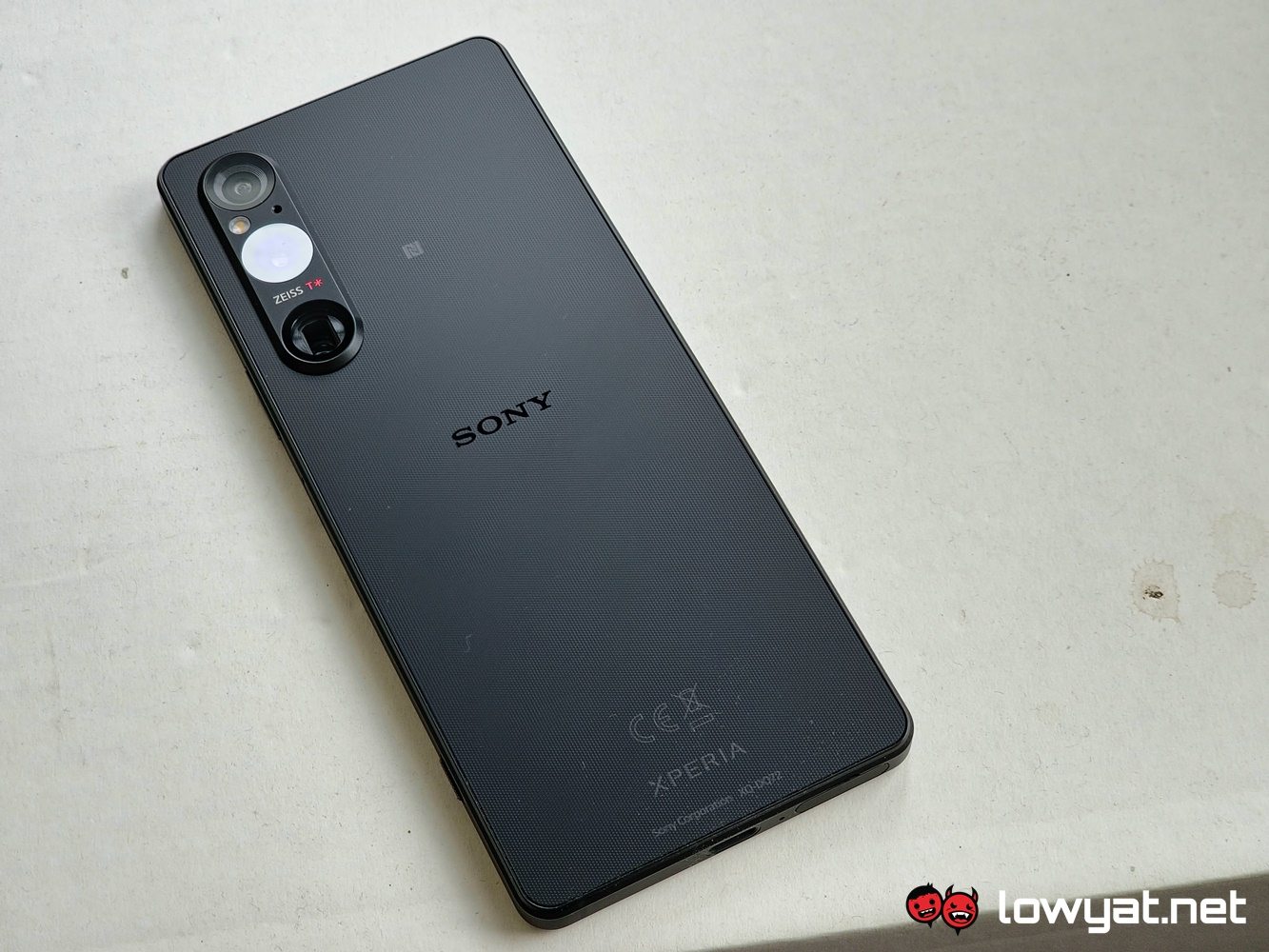
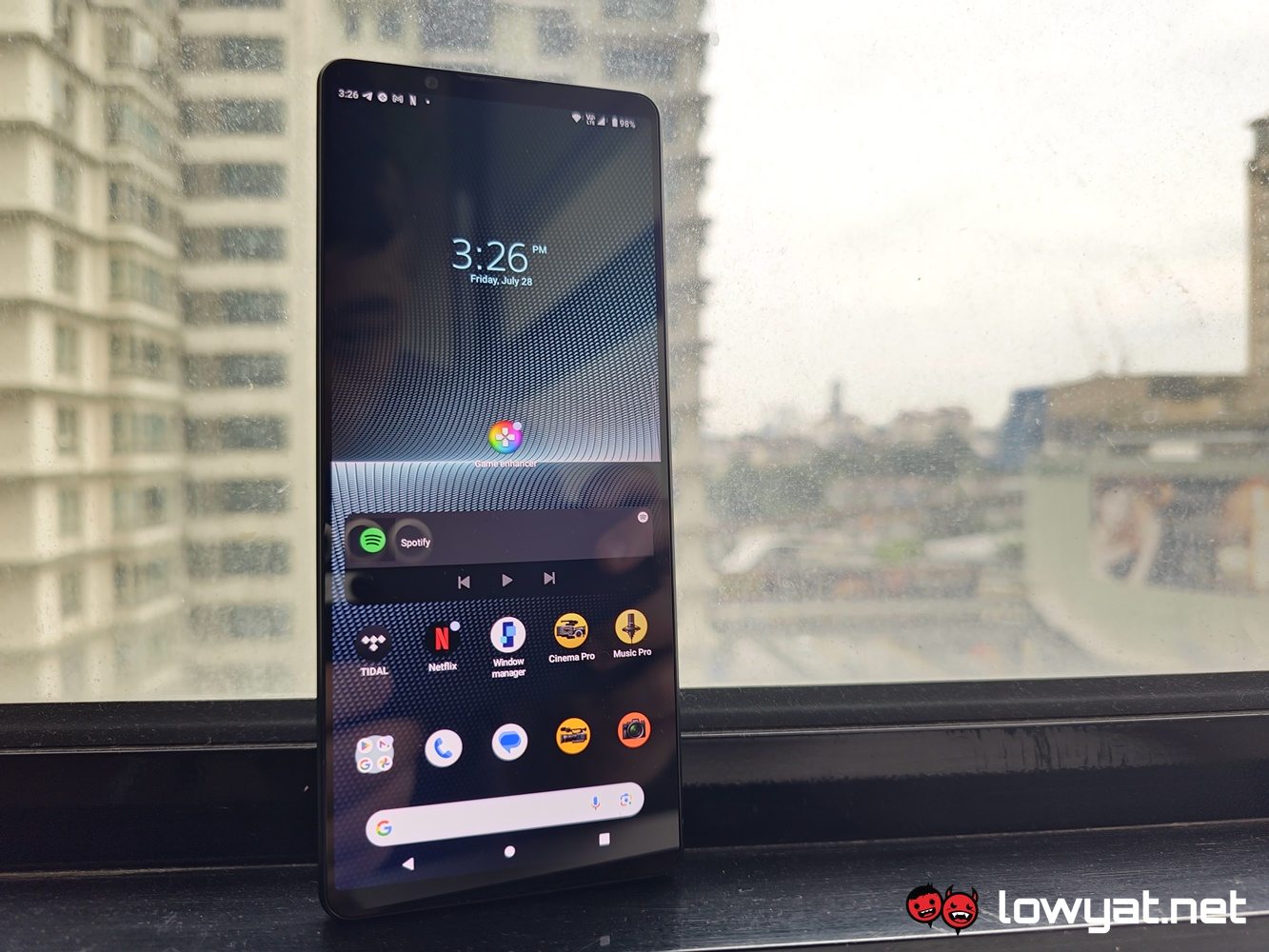
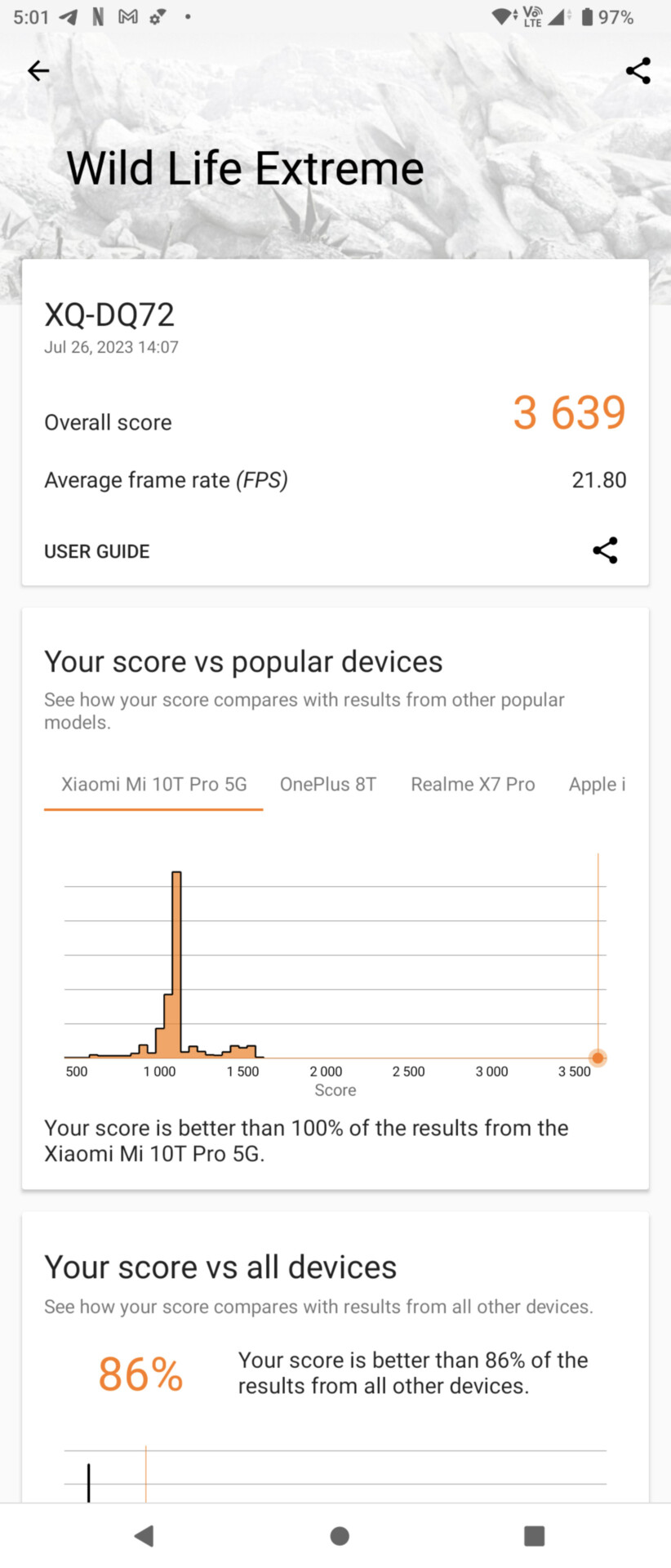
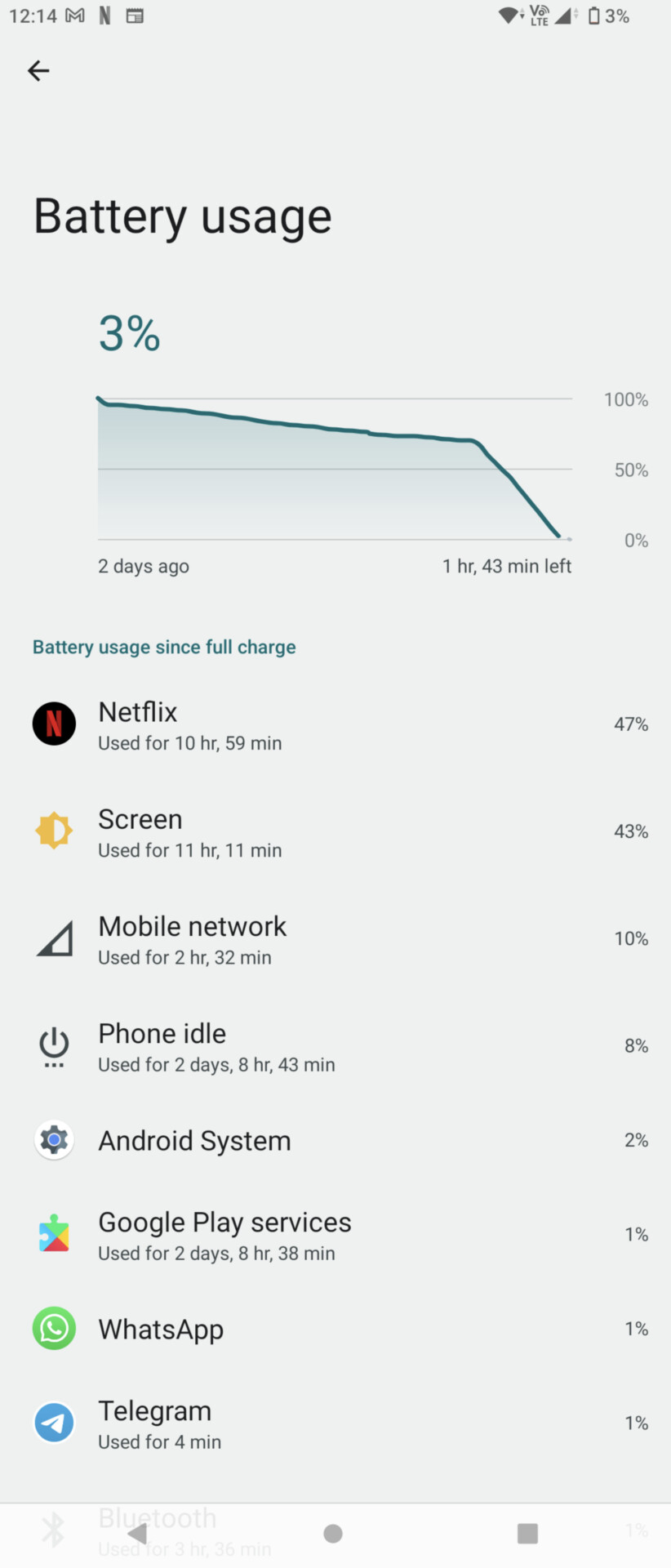
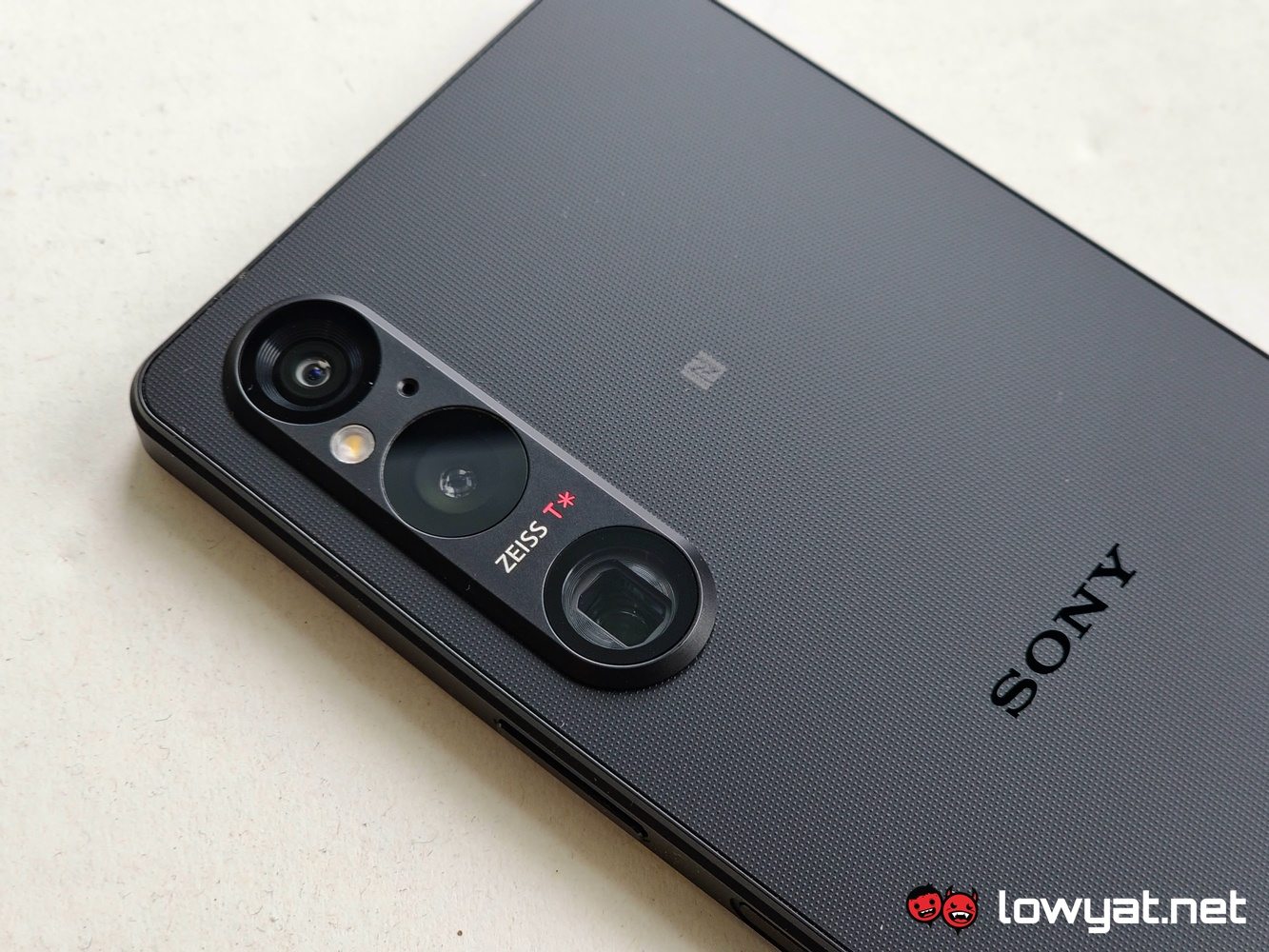
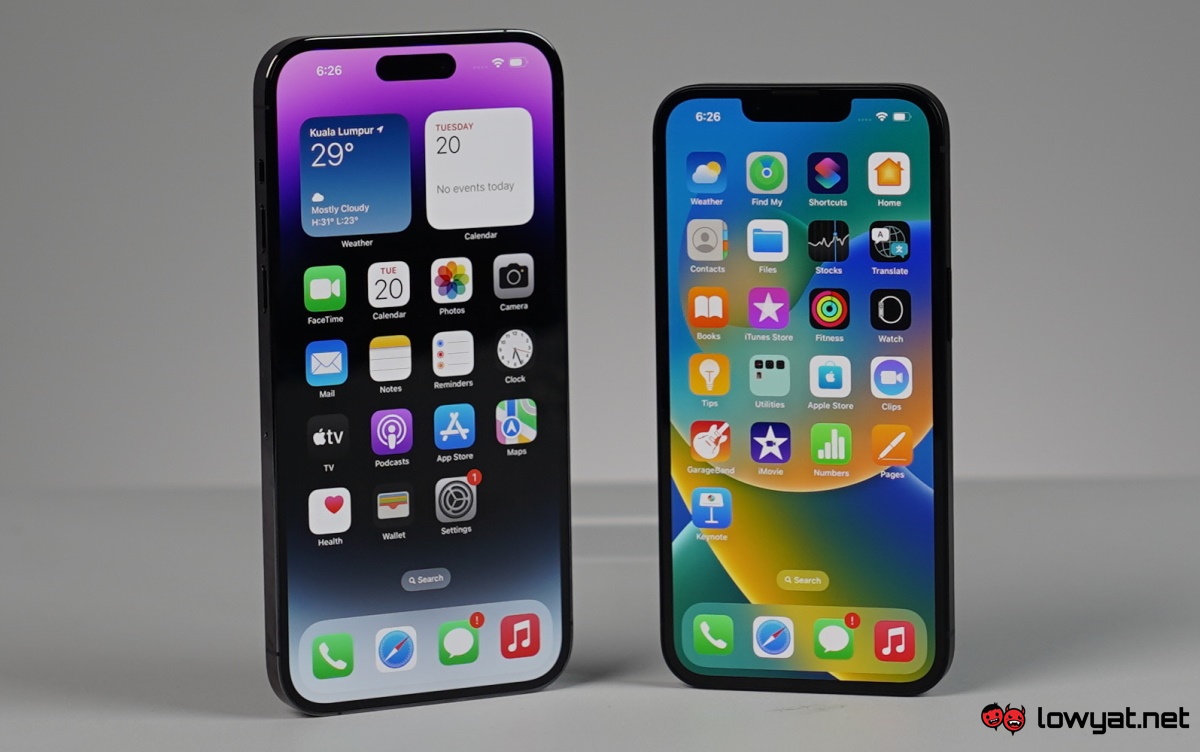
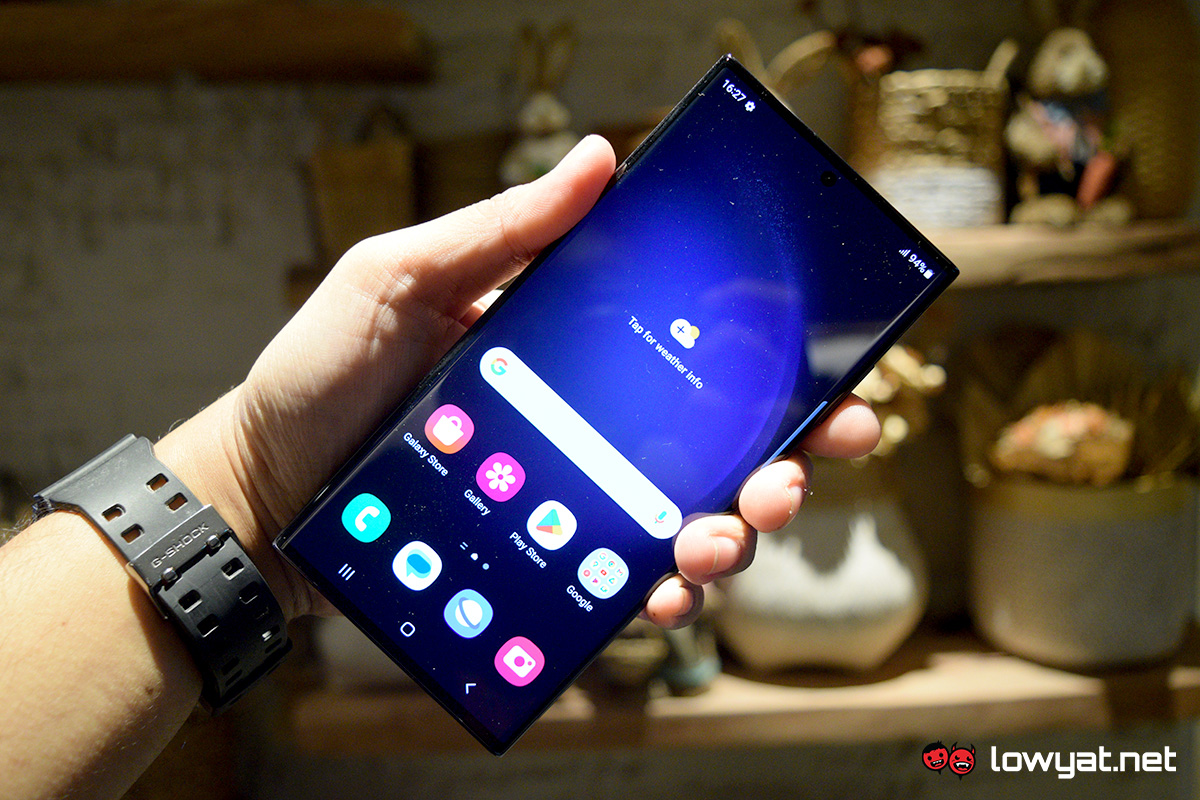
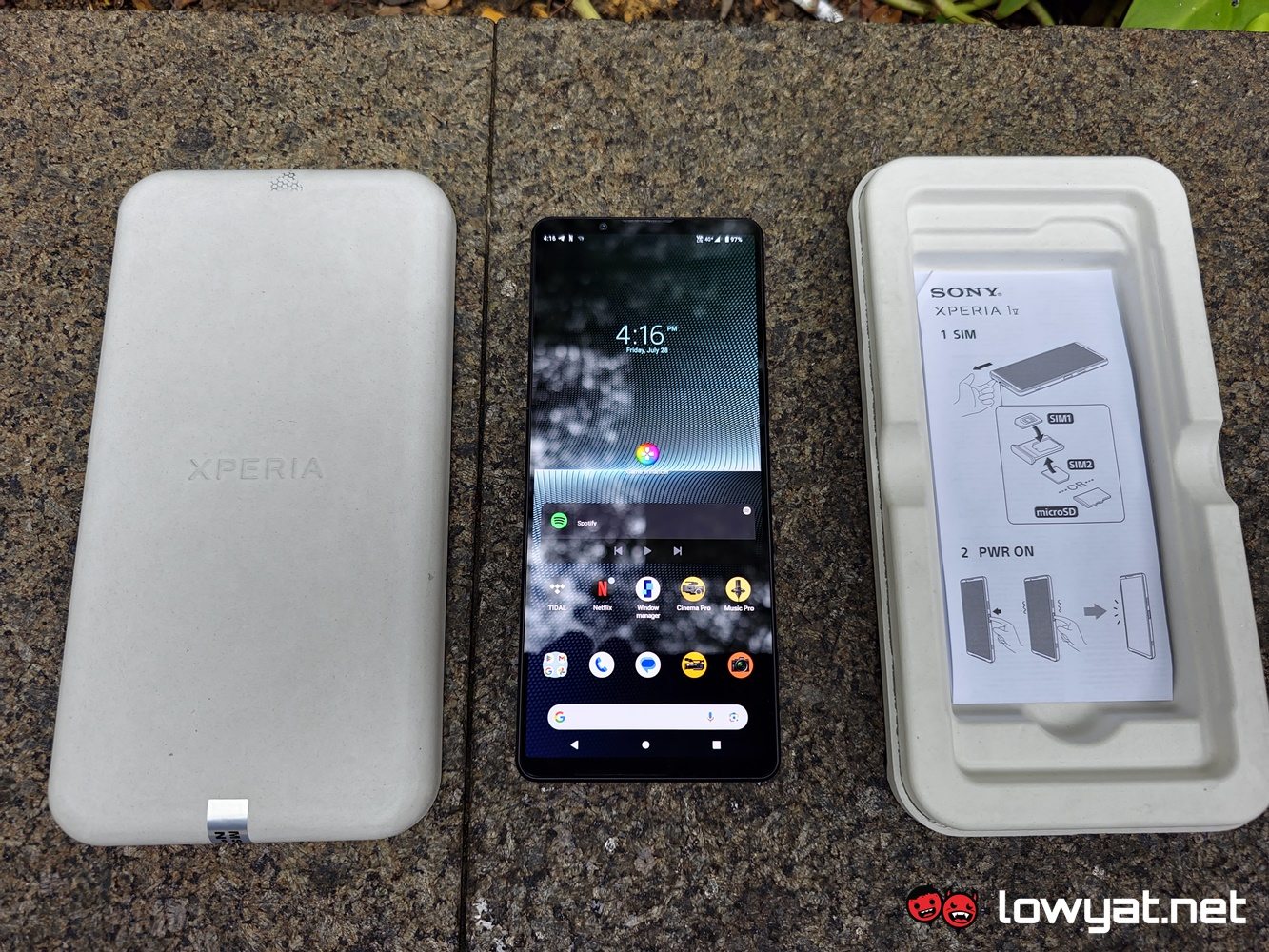
0 Commentaires